We can all agree that changing your oil is key to longer engine life. Using a quality filter can keep that oil cleaner longer, with extended service intervals and absolute efficiency. I trust AMSOIL to get the very best out of my oil.
I have had first hand experience with AMSOIL for years. It is the only oil I use in my Chevrolet Silverado with a Duramax Diesel, Honda Accord, Honda CRV, my beloved 32 Ford Roadster, Harley Davidson Street Glide, Polaris XPT, Toro zero turn, Honda snow blower, Yamaha Outboard, and Onan generator. Yeah I buy a lot of AMSOIL but they make it easy and I sleep well at night knowing I have great protection.
Enjoy this article and remember Preferred Customers receive 25% off on all products and free shipping on all orders 100.00 or more. Shop now

A lubricant’s primary functions are friction and wear reduction, but lubricants also play other important roles in an engine.
To better understand specifically how lubricants work, it’s important to understand why they’re used, what kinds of lubrication exist and what specific applications require lubrication.
The Seven Functions of Lubrication
A lubricant must satisfy seven functions.
Minimize Friction
The most common and essential function of lubricants is to minimize friction and wear between components. Lubricants form an oil film on the surface of metals to reduce friction. Reduced friction prevents heating and abrasion on the friction surface.
Clean
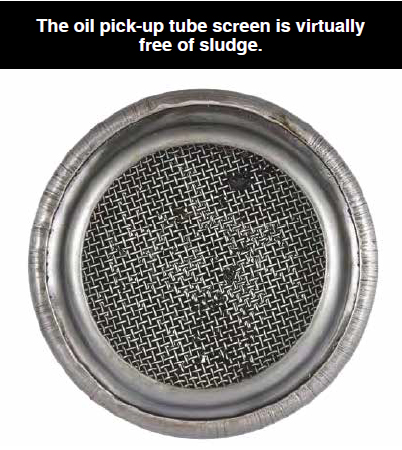 Lubricants maintain internal cleanliness by suspending contaminants within the fluid or by preventing the contaminants from adhering to components. Base oils possess a varying degree of solvency that assists in maintaining internal cleanliness. Solvency is the ability of a fluid to dissolve a solid, liquid or gas. While the solvency of the oil is important, detergents and dispersants play a key role. Detergents are additives that prevent contaminants from adhering to components, especially hot components such as pistons or piston rings. Dispersants are additives that keep contaminants suspended in the fluid. Dispersants act as a solvent, helping the oil maintain cleanliness and prevent sludge formation.
Lubricants maintain internal cleanliness by suspending contaminants within the fluid or by preventing the contaminants from adhering to components. Base oils possess a varying degree of solvency that assists in maintaining internal cleanliness. Solvency is the ability of a fluid to dissolve a solid, liquid or gas. While the solvency of the oil is important, detergents and dispersants play a key role. Detergents are additives that prevent contaminants from adhering to components, especially hot components such as pistons or piston rings. Dispersants are additives that keep contaminants suspended in the fluid. Dispersants act as a solvent, helping the oil maintain cleanliness and prevent sludge formation.
Cool
Reducing friction minimizes heat in moving parts, which lowers the overall operating temperature of the equipment. Lubricants also absorb heat from contact surface areas and transport it to a location to be safely dispersed, such as the oil sump. Heat transferability tends to be a trait of the base oil’s viscosity – lighter oils tend to transfer heat more readily.
Seal
Lubricants act as a dynamic seal in locations such as piston rings and cylinder contact areas to prevent contamination.
Dampen Shock
A lubricant can cushion the blow of mechanical shock. A highly functional lubricant film can resist rupture and absorb and disperse these energy spikes over a broad contact area. As the mechanical shock to components is dampened, wear and damaging forces are minimized, extending the component’s overall operating life.
Protect
A lubricant must have the ability to prevent or minimize internal component corrosion. Lubricants accomplish this either by chemically neutralizing corrosive products or by creating a barrier between the components and the corrosive material.
Transfer Energy
Because lubricants are incompressible, they can act as an energy-transfer medium, such as in hydraulic equipment or valve lifters in an automotive engine.
AMSOIL synthetic lubricants are carefully crafted to deliver exceptional results in their intended applications. Their balanced formulations fulfill all critical lubricant functions while emphasizing what matters most: friction and wear reduction.
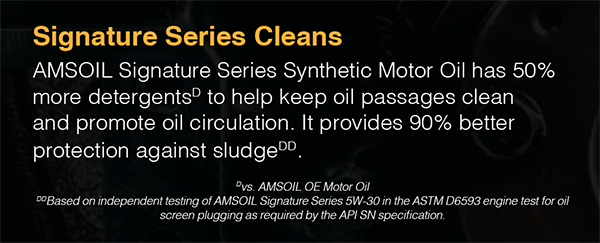
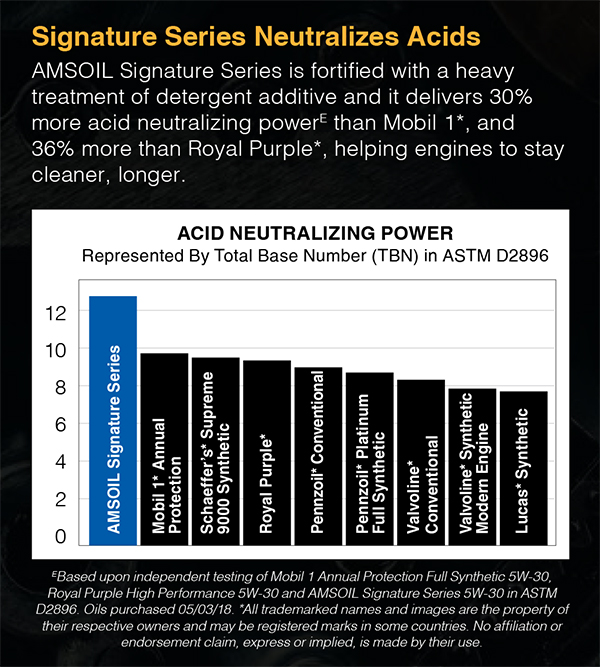
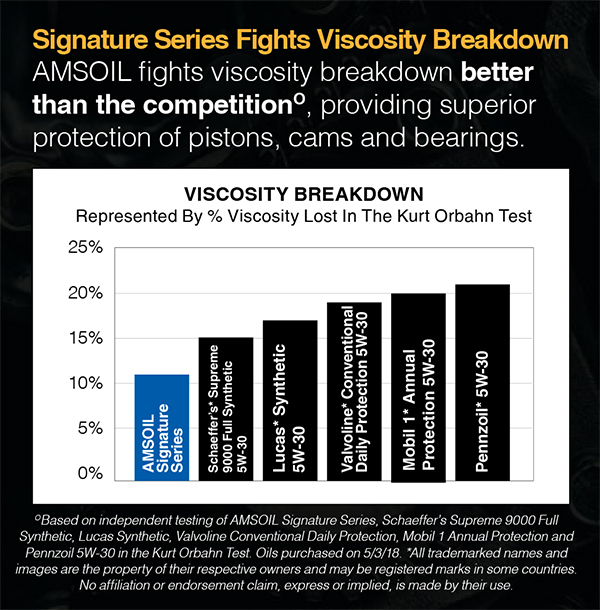
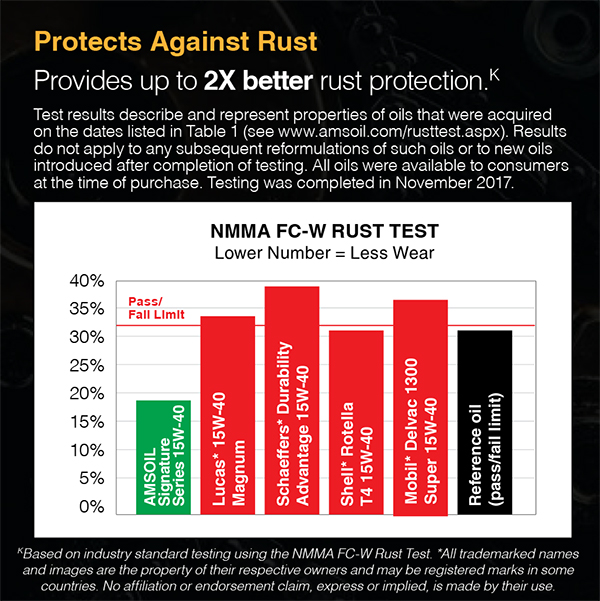
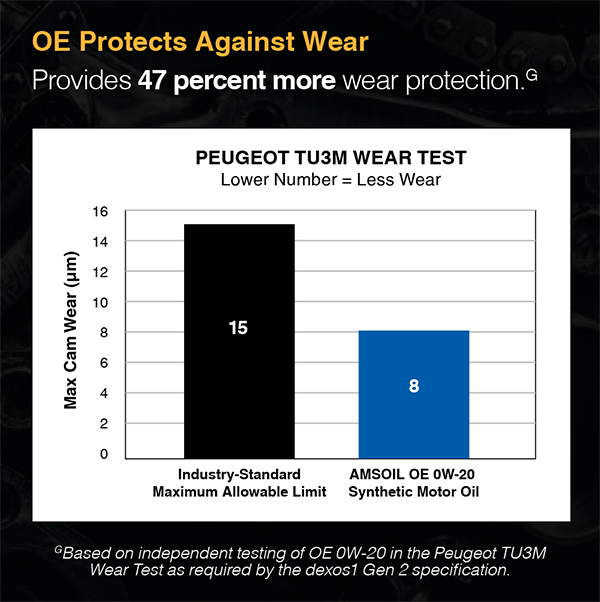
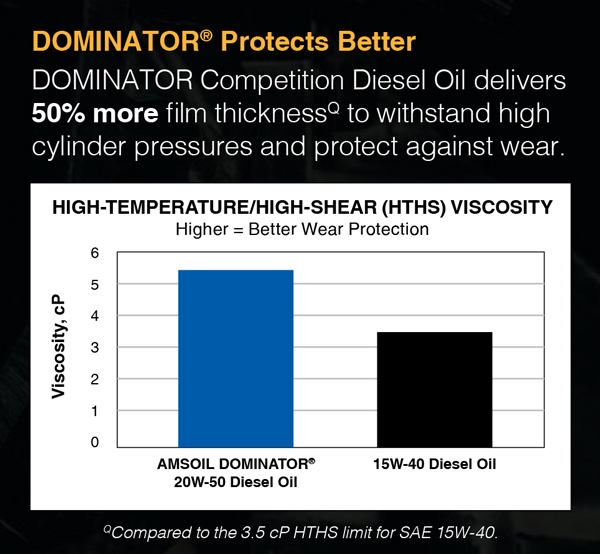
*All trademarked names and images are the property of their respective owners and may be registered marks in some countries. No affiliation or endorsement claim, express or implied, is made by their use. All products advertised here are developed by AMSOIL for use in the applications shown.
Preferred Customers receive 25% off on all products and free shipping on all orders 100.00 or more. Shop now
